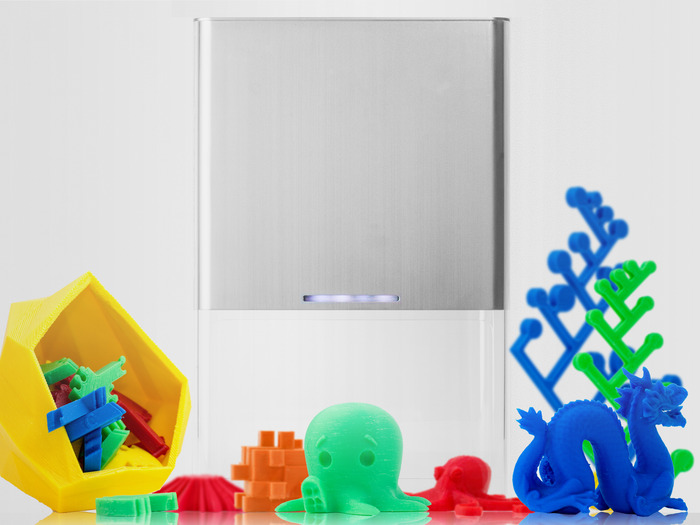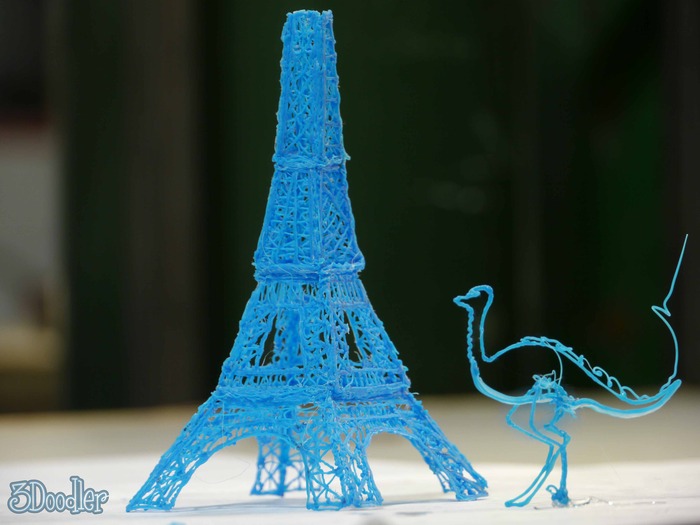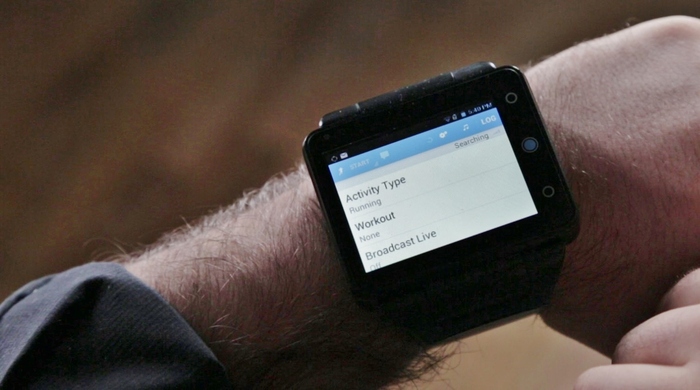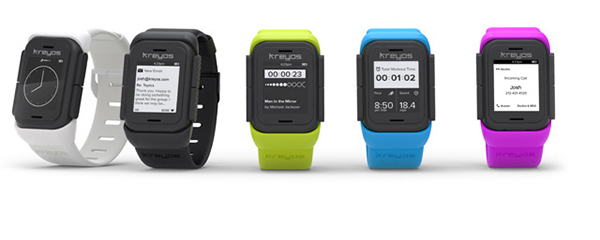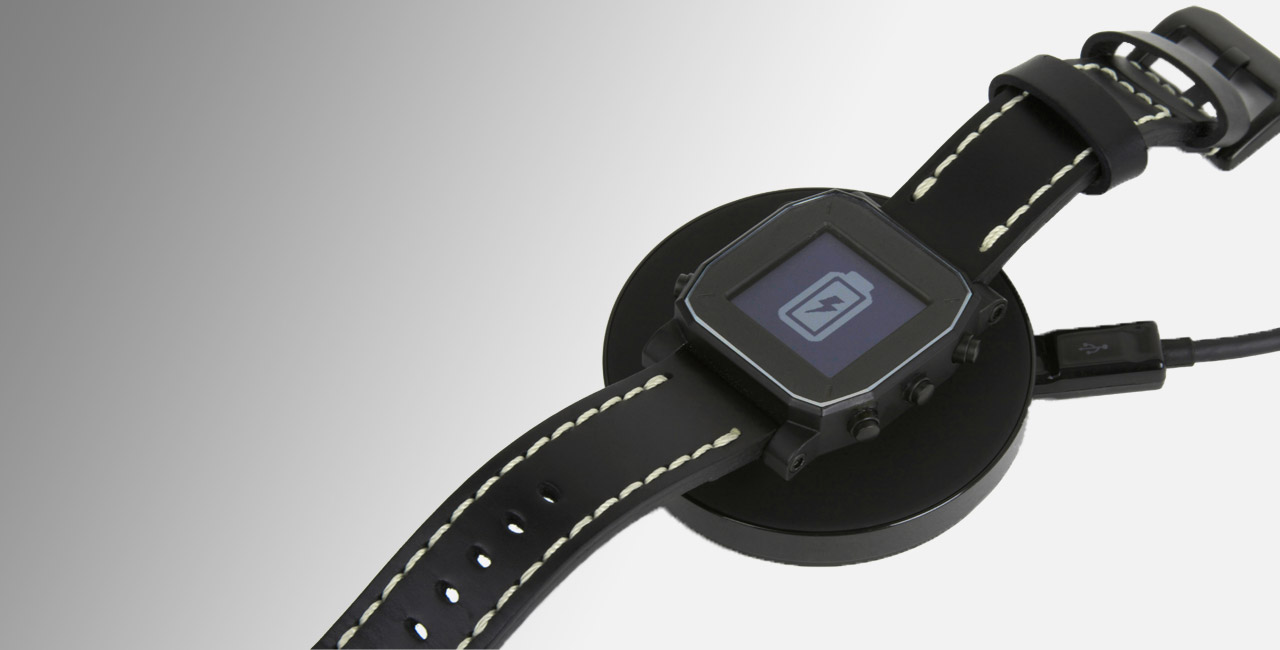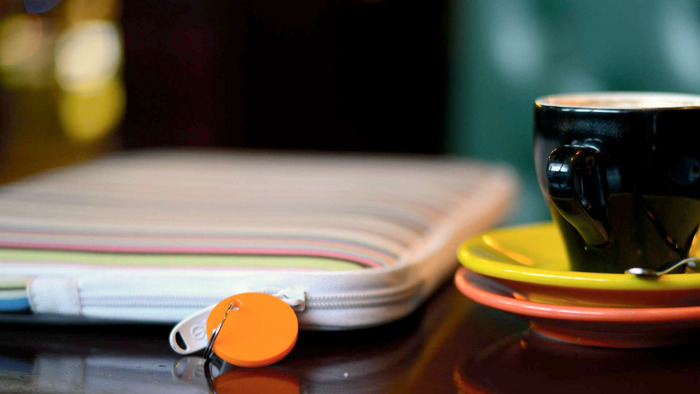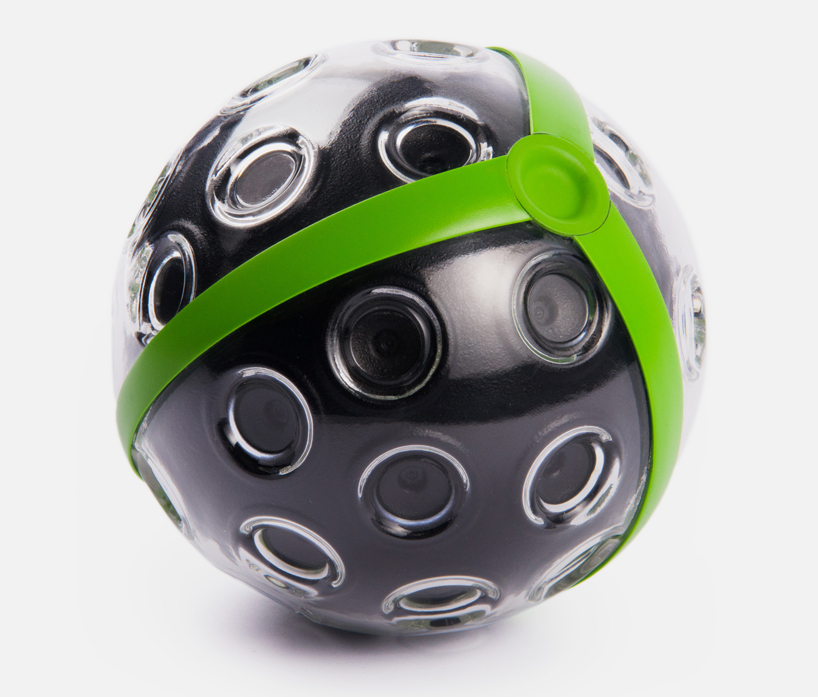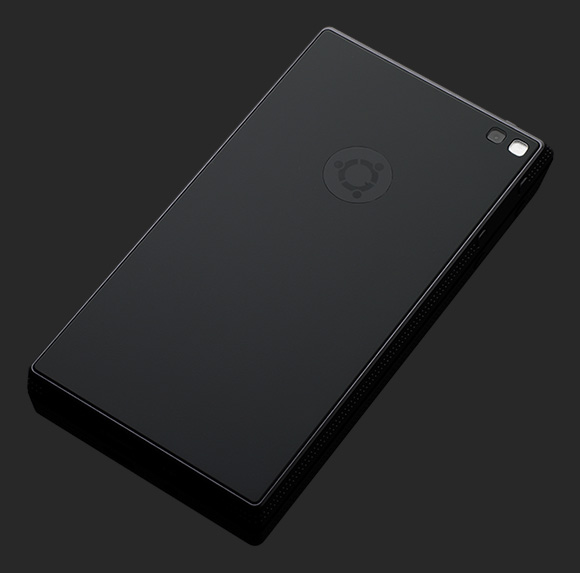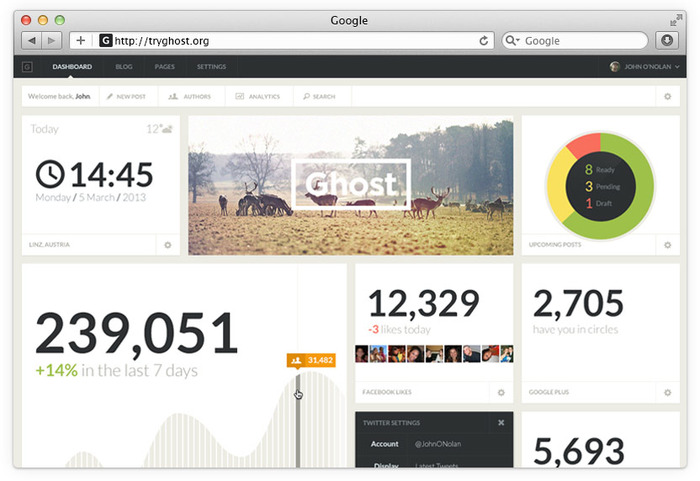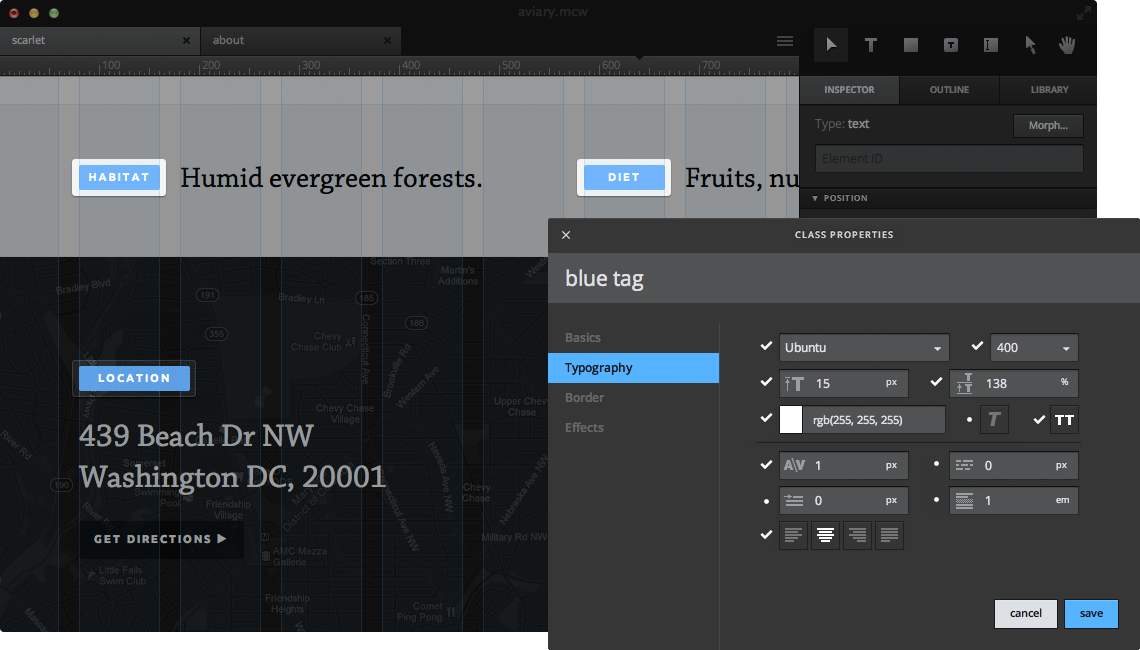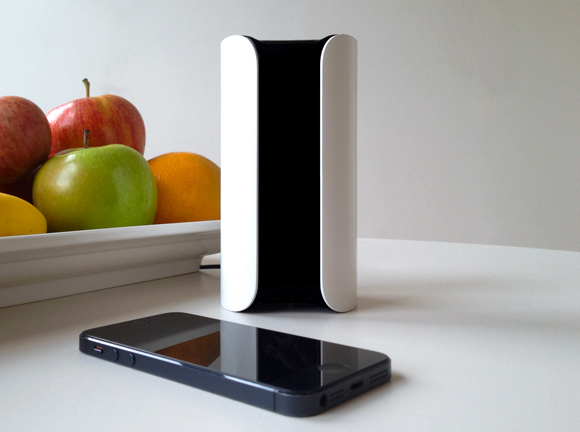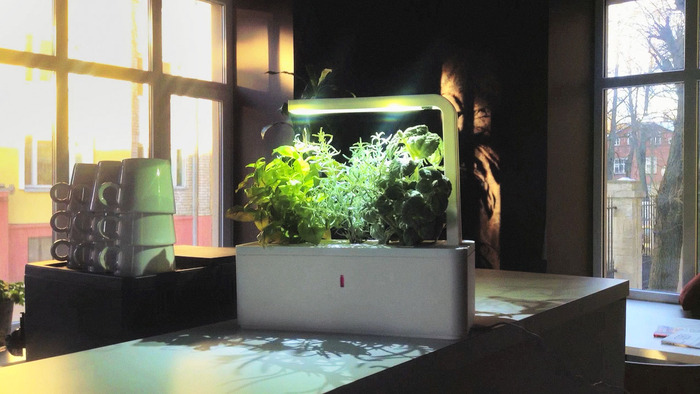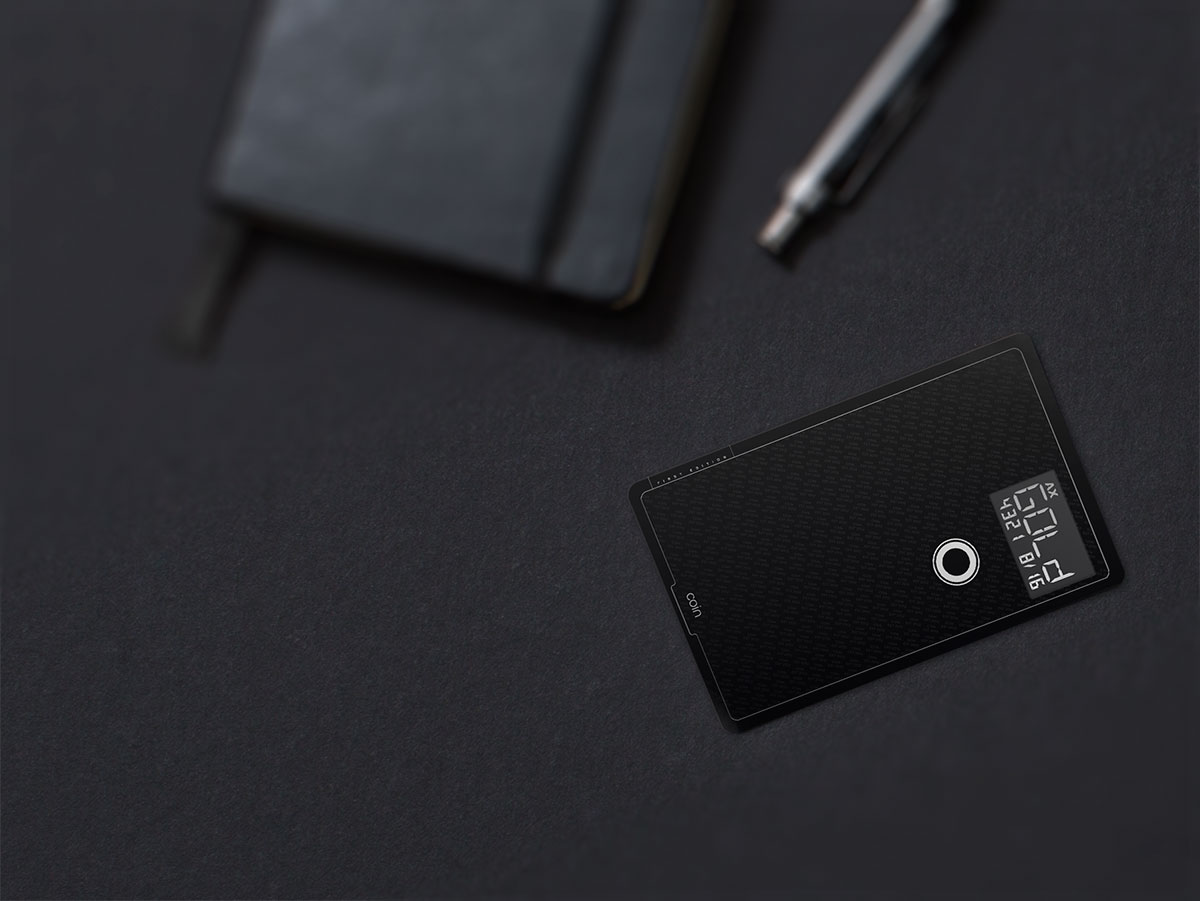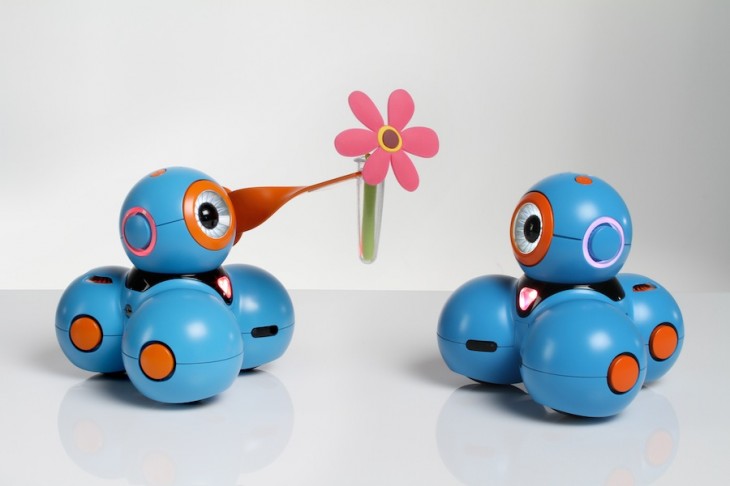
Crowdfunding is helping many startups’ dreams come true. 2013 saw a slew of extremely popular crowdfunding projects smash through goals and world records. Many great new technologies are emerging from successful fundraising rounds on platforms such as Kickstarter and Indiegogo.
2012 had a handful of breakout products — such as the Pebble smartwatch — but 2013 saw crowdfunding hit the mainstream with more projects funded and more money committed to them.
We’ve rounded up a selection of the hottest campaigns in the technology category, how much they’ve raised and what they’re up to now.
3D Printing
As one of the most popular categories in 2013, 3D Printing saw many projects top the ‘most funded’ boards on both Indiegogo and Kickstarter. It’s obvious that there’s a lot of consumer interest in 3D printing and crowdfunding is helping to get devices into the hands of eager customers despite the lack of affordable options reaching the mainstream.
The Buccaneer
It’s one of the most beautiful 3D printers we’ve ever seen and one of the first that we’ve been able to afford. Palo Alto-based Pirate3D Inc set out to bring affordable 3D Printing to the home and raised $1.4M of its $100,000 goal on Kickstarter, smashing all expectations.
The Buccaneer is the first cloud-managed 3D Printer which makes it simple to download and share designs with other printer owners, and is designed to make printing at home simple enough that anyone can enjoy it with little fuss or technical knowledge required.
Pirate3D has already shipped Kickstarter devices and is even taking pre-orders for 2014 with devices expected to arrive in April, so the future of 3D printing isn’t far away at all.
3Doodler
Ever wanted your drawings to become 3D? Now they can! 3Doodler, a 3D printing pen, works very similarly to a 3D printer but fits into your hand producing interesting results only limited by creativity. The device was extremely popular with those on Etsy, who saw it as a great opportunity to create one-of-a-kind art pieces for sale.
The company behind 3Doodler, Wobbleworks, raised a whopping $2.4M of a $30,000 goal making it the third most popular Kickstarter of all time. Shipping started earlier in the year and continues now, but you’re able to place a pre-order for estimated delivery in March 2014.
And lots, lots more
This isn’t everything in the 3D printing space, either, with other wildly successful projects like RoBo 3D, RigidBot 3D and Fabtotum among the top funded as well. We expect that 2014 will see even more 3D printing success stories as consumers become even more interested in doing it themselves.
Smart watches
Following the runaway success of the Pebble watch in 2012, the smart watch was another hot category for crowdfunding this year. There were only a handful of successful campaigns, but those that reached their goals quickly found themselves exceeding expectations.
Neptune Pine
Unlike the Pebble, which imagined a new way to interact with your phone on your wrist, the Neptune Pine wants to be your entire phone strapped to your wrist. Running the full version of Android and even featuring a camera, the Pine promised a device that could almost replace the entire phone since it can run almost any app that works on an Android phone.
The Kickstarter campaign finished just a week ago, but raised $804,224 CAD from a $100,000 goal. It seems that consumers really want watches to take off, even though companies like Samsung have so far disappointed. The device is also available for pre-order for those that missed out and is expected to ship in March 2014.
Kreyos Meteor
The Kreyos smartwatch set out to be a simple but elegant smartwatch that can do more than just be a smartwatch. It’s loaded with features such as full voice support (using Siri or Google Now), gesture control, fitness monitoring, iOS/WP8/Android support and more. On top of this, it’s able to be used as a belt clip or lanyard so that it’s not required to be strapped to your wrist all the time.
When the campaign finished back in June, the Kreyos had raised $1.5 million from a $100,000 goal. Devices haven’t actually shipped yet since the company faced delays in building and testing the devices so the date for backers to receive the Kreyos has slipped from November to February 2014. Still, you can pre-order one now and if the company meets the deadline, you’ll have one by March.
Agent
Yet another smartwatch, the Agent heralds itself as the “next-generation” watch with world-class developer tools and a stylish design that actually looks attractive for the masses. Secret Labs, based in New York, was frustrated with other “smart” watches due to poor battery life and developer tools that weren’t attractive, so they decided to build their own device and fund it on Kickstarter.
Just like the other devices in this post, the Agent can run apps, has a bunch of sensors for fitness support and (most importantly of all) looks good. The group raised just over $1 million despite setting out to get just $100,000 but hasn’t managed to ship devices yet as it is waiting on FCC certification.
If you missed out on the Agent and want to get your own, you can reserve yours for free over on the Agent website.
Location devices
If you’re like us and are losing your things all the time, you’ll be pleased to hear that technology finally has a solution for that. With the advent of Bluetooth Low Energy, a number of devices have cropped up that allow you to track the whereabouts of your possessions so that if you lose something, it’s easier to recover it.
Chipolo
Tracking the location of your possessions is now as simple as attaching a keyring to them and setting up an app with Chipolo. For just $35 per tag, you’re able to ensure that your wallet, keys, laptop and other important valuables never leave your side. Chipolo has a range of 200 feet and eventually will allow developers to extend the devices, possibly allowing them to build location based games.
Chipolo recently finished a campaign on Kickstarter, raising $293,000 of a $25,000 goal and the company has begun shipping devices to backers as well as accepting pre-orders for those who missed out.
Tile
Tile is a small square tracker that can either be stuck to objects or affixed with a keyring like Chipolo, but it has a number of unique features that help retrieve lost items. It can track objects up to 150 feet away, but after that distance the app taps into the users of the app to help find it. If someone walks past your object with the Tile app installed, the location will update so that you’ve got a more recent reading.
One of the largest (and longest running) crowdfunding campaigns so far, Tile has garnered $2.6 million to date and almost 50,000 backers but still goes strong. The devices have now sold out two times over, with pre-orders now being taken for Summer 2014.
Photography
A number of new technologies emerged in 2013 thanks to crowdfunding that allow new types of photography for the normal user, such as time lapse helpers, light painting sticks and other new form factors.
Pixelstick
There’s something magical about long exposure photography and Pixelstick takes that to the next level. The device, made up of an array of lights that are attached to a small computer, allows the user to paint colors and pictures into photos while they’re being taken without needing to “cheat” and use tools like Photoshop for the effect.
Perhaps having one of the coolest videos on Kickstarter in 2013, the group raised $628,000 from a $110,000 goal and are busy preparing the devices for shipment early next year. You’re still able to pre-order one, though, with the Pixelstick retailing for $325 if you get onto it quickly.
Micron
Time Lapse photography can be difficult, requiring either an expensive and fiddly Intervalometer or hacking your camera. Luckily, Micron has invented a new way to do time lapse photography that makes it dead simple for anyone. Its device brings the time lapse into the smartphone era, allowing you to configure complex timelapses from your phone and then leave the Micron to manage the snaps.
The Micron Kickstarter only closed just before Christmas, but raised $234,000 from its $40,000 goal and pre-orders are already open for those that missed out. Devices will ship in March 2014, just in time for those stunning summer time lapses!
Panono
One of the coolest new form factors for photography in 2013, the Panono is a throwable ball camera that takes 360 x 360 degree photos from the air. It’s as simple as throwing the device in the air – then you get a whopping 108-megapixel panorama of the surroundings, which is great for events like parties or group photos at weddings.
It’s also compatible with the Oculus Rift, so that you can relive the moment in virtual reality after the photo is taken. The Panono is the only device on this list that’s still open for backing on Indiegogo, but has raised over $825,000 at time of writing with four days left to run. If you’ve got $499 to blow, this is worth a look.
Ubuntu Edge
It was the biggest crowdfunding campaign of the year and it still didn’t meet its goal; the ambitious project to reinvent the smartphone by Ubuntu called the “Ubuntu Edge” raised $12 million in a short period of time but failed to reach its goal of $32 million. It’s worth mentioning here because it broke the record for ‘most raised’ as well as breaking the record for fastest to raise $2 million by gaining that much in just two hours.
The Ubuntu Edge was an ambitious reimagining of the smartphone that would see it running both a mobile version of Ubuntu and the desktop flavor, as well as dual-booting with Android. It had impressive specifications, with 4GB of RAM, 128GB of storage and a Sapphire glass display.
Unfortunately, it ultimately was too expensive for many with the minimum pledge for a phone coming in at $695 and there being a year wait to actually receive one. Still, Canonical says that it’s working to bring some of the functionality to future Ubuntu OS phones.
Software
Hardware might be more popular on crowdfunding, but it doesn’t mean great software projects don’t get funded. There were a number of big projects that got off the ground in 2013 thanks to Crowdfunding, with the reward often being a license key to the final product.
Ghost
Heralded as the “future of blogging” and a “Wordpress killer” ever since it emerged, Ghost has taken the world by storm. Raising £196,362 from a small £25,000 goal, the group behind Ghost has already managed to ship multiple versions of its software.
Ghost is an open-source blogging platform for the web that doesn’t try to be a do-it-all CMS like most alternatives out there, instead focussing on the the essence of blogging. With a powerful theming engine and built on NodeJS, it’s built for the modern web and had influential backers commit to the project such as WooThemes and the Envato tutorial network.
Thanks to the open-source nature of the project, Ghost is free and can be downloaded here at any time.
Macaw
Another web-related project, Macaw, saw massive success on Kickstarter, raising $275,000 from its $75,000 goal. Macaw is a “next-generation” web design tool that hopes to make life easier for designers and developers by helping write code directly from the design view.
Current tools such as Photoshop don’t allow designers to quickly prototype up their designs into code and Macaw aims to address this by making the workflow much more simple. Right now, you’re not able to get the software if you weren’t a backer but you can sign up for the mailing list here.
Others
There were so many crowdfunded things in 2013 that it’s impossible for us to cover them all, but here’s a few others that caught our eye that didn’t fit into any specific category.
Canary
The house alarm hasn’t seen too much innovation over the last decade, but now thanks to a device called Canary, that’s changing. Canary called itself the “first smart home security device” that combines video, motion, temperature and air quality sensors to give total peace of mind.
Pairing with your iPhone or Android allows the Canary to let you know when anything is wrong, such as a sudden air temperature change (which would indicate a fire) or motion is detected (if someone broke into your home). Perhaps one of the most useful features is the ability to arm and disarm the alarm on the go, eliminating the need to share alarm codes with family or friends.
Canary raised a whopping $1.9 million on Indiegogo (despite only setting out to get $100,000) and the first devices are expected to ship in May 2014. Of course, you can pre-order the Canary here if you missed out.
Smart Herb Garden
Technology finally meets… herbs? Smart Herb Garden helps you grow house plants — which can be difficult — by making it dead simple for anyone. It’s as simple as ordering a cartridge of herbs such as Sage, Pepper or Oregano and placing it in the Smart Herb Garden along with water and it does the work for you.
The group spent three years doing research and development for the device to get the perfect mix of oxygen, water and nutrients so that your plants grow perfectly every time. Smart Herb Garden raised $625,000 from a $75,000 goal and has shipped many of the devices to backers just before Christmas.
As with most Kickstarters, you’re able to pre-order the Smart Herb Garden from here.
Coin
A radical idea that could eventually transform payments was also launched using crowdfunding. Coin promises to replace all of your cash cards by capturing them all in one card. By clicking a button on the device, you can choose which card to purchase with before swiping. Other features such as an alarm if you leave the card behind make the Coin extremely unique.
Coin smashed through its $50,000 goal in under 40 minutes on its self-organized crowdfunding campaign. Pre-orders are still open, and if you order one before summer 2014 the device only costs $55.
Bo and Yana
On a mission to teach children as young as five how to code, Play-i ran a crowdfunding campaign to build two robots — Bo and Yana — to help achieve this goal. Bo and Yana are special as they don’t just teach code by learning syntax, instead teaching through exploration, play and discovery.
The group raised $1.4 million over the space of its crowdfunding campaign and has held pre-orders open for those that missed out. Right now, Bo and Yana will cost $169 and $59 respectively, but after the pre-order period is over they will cost significantly more.
Get the TNW newsletter
Get the most important tech news in your inbox each week.
